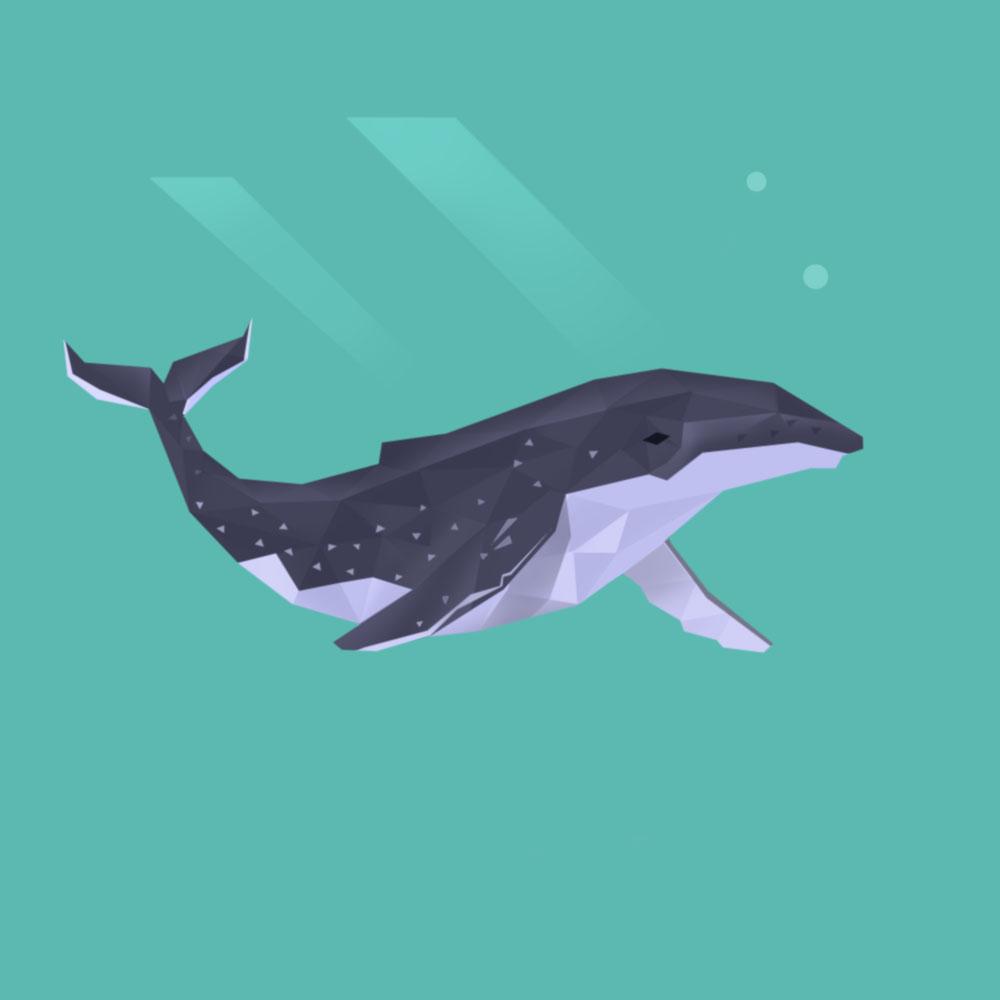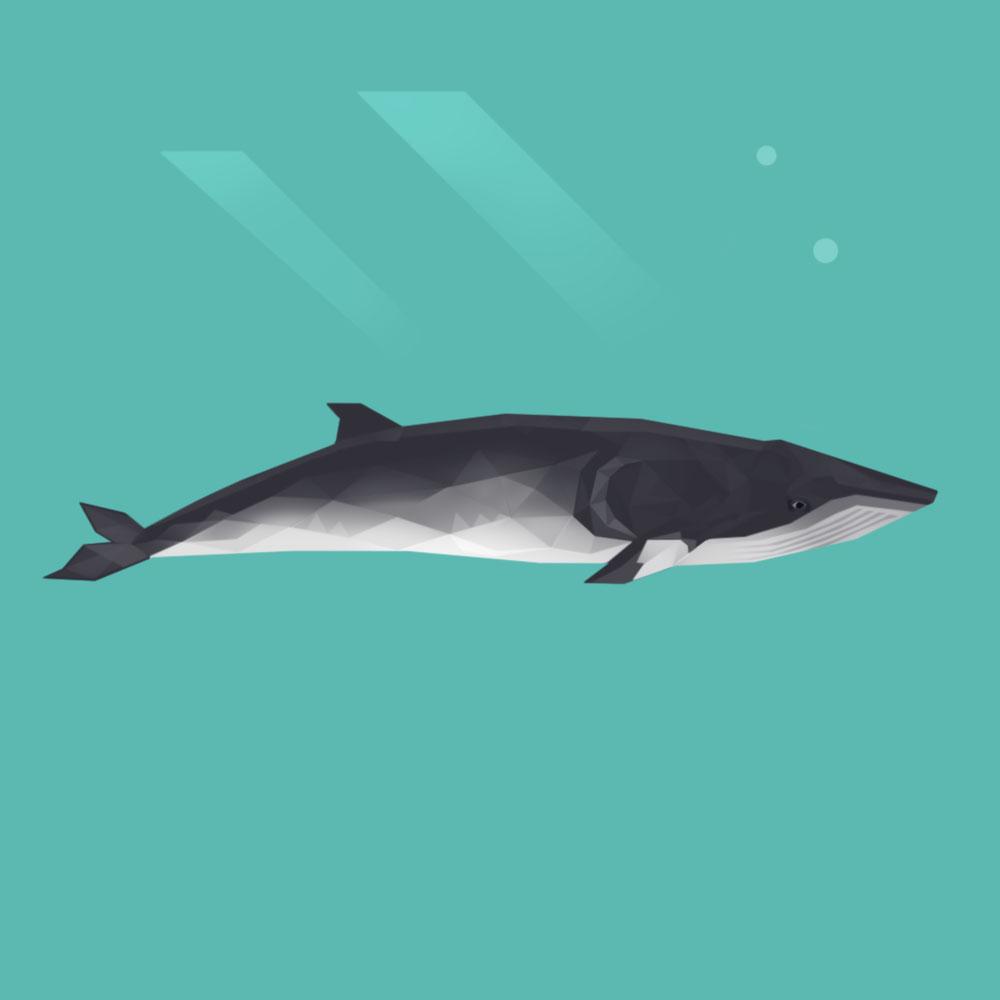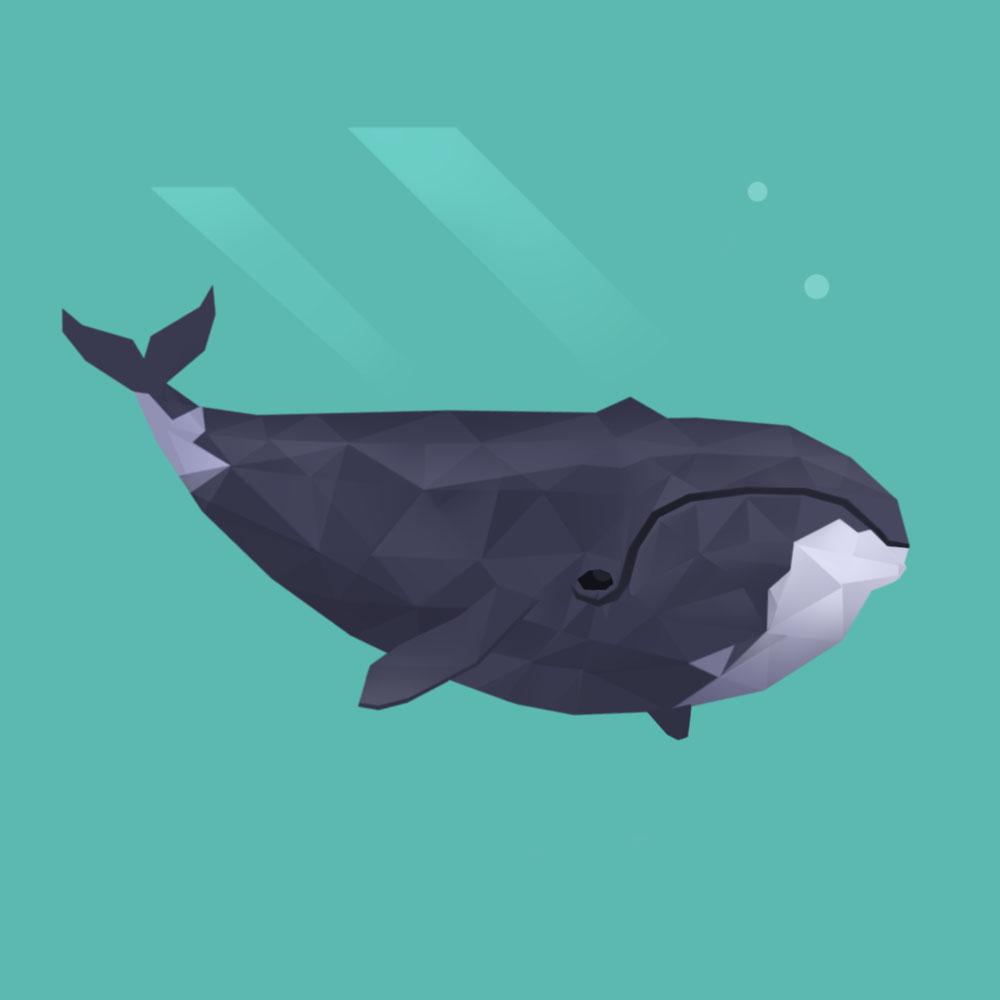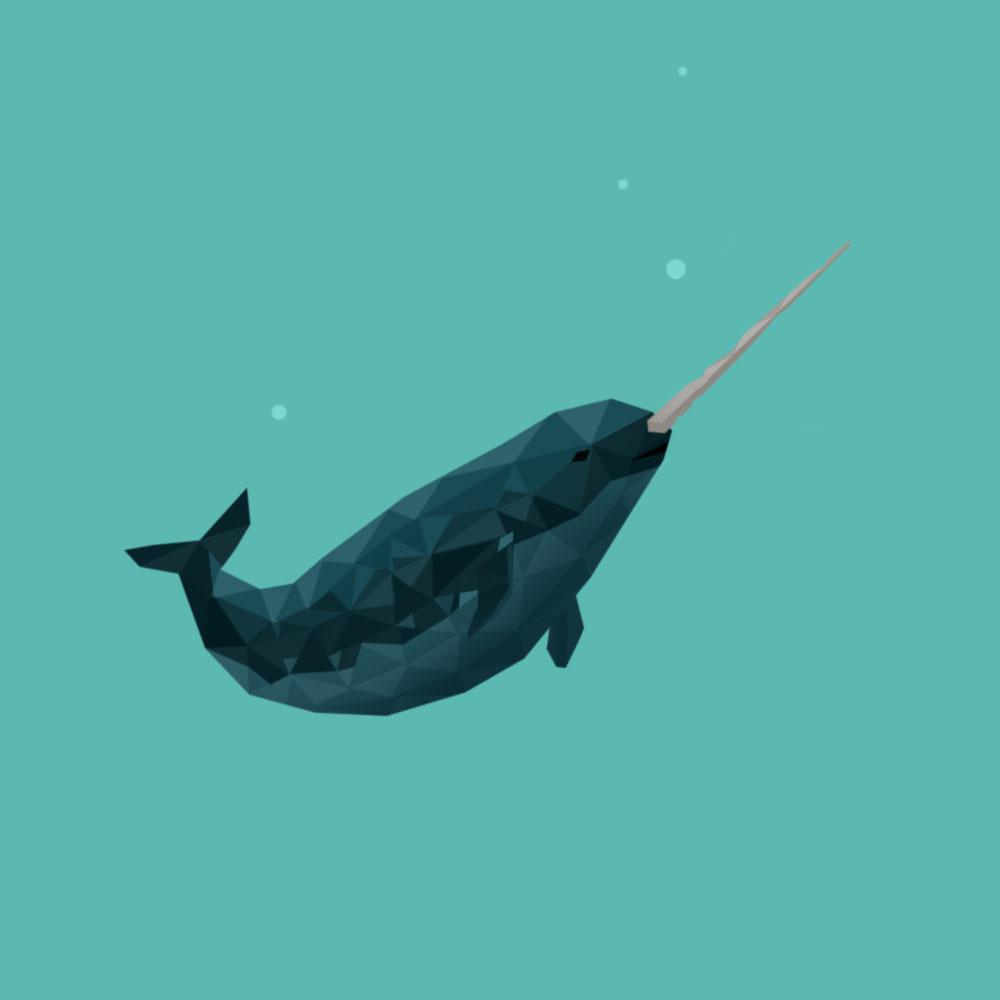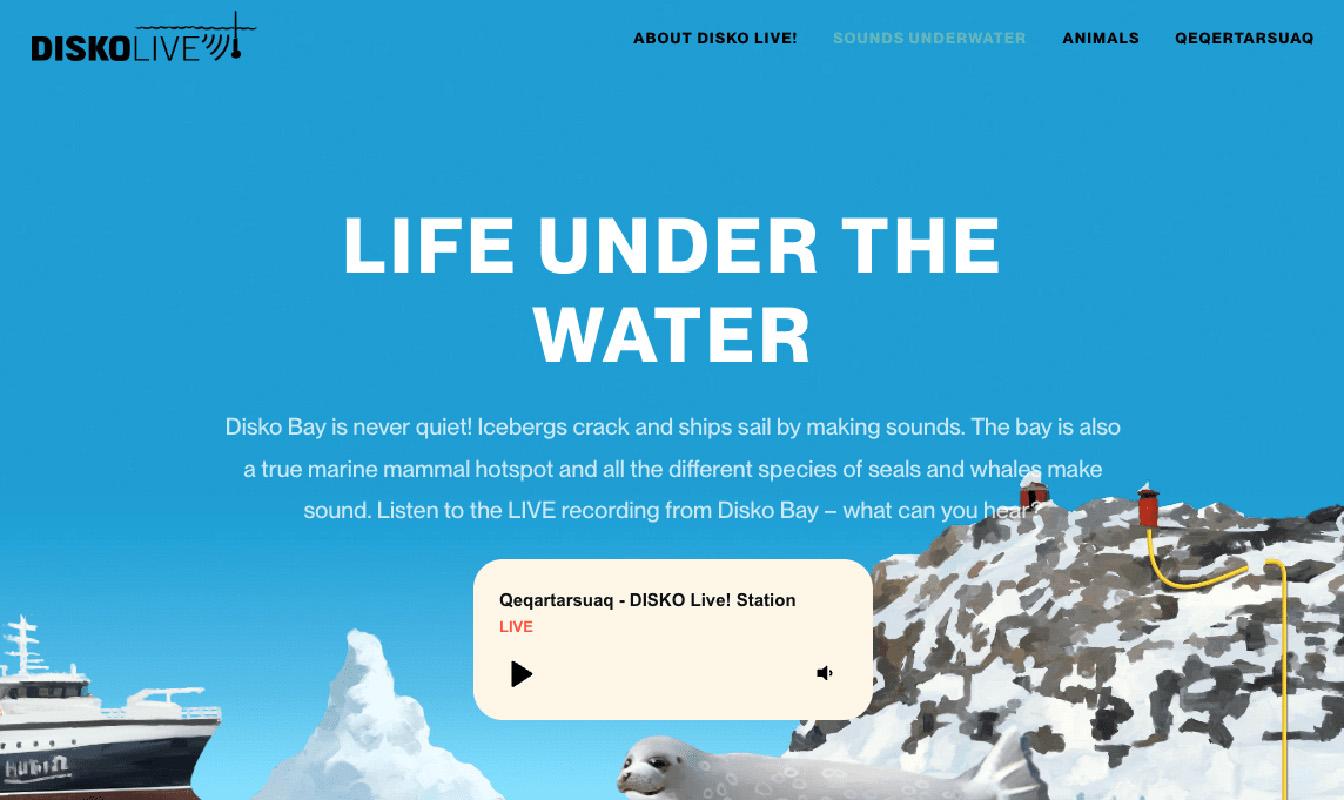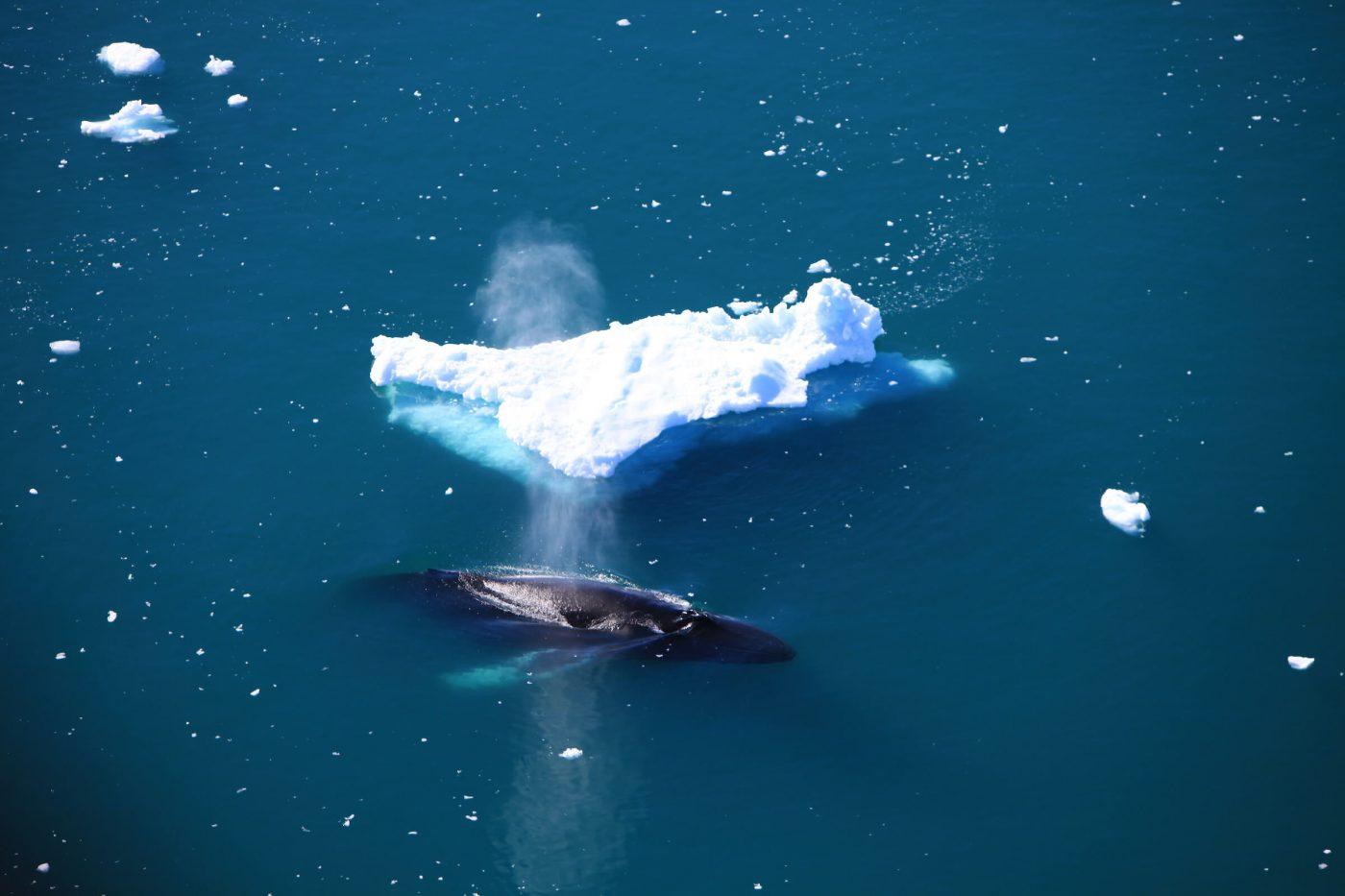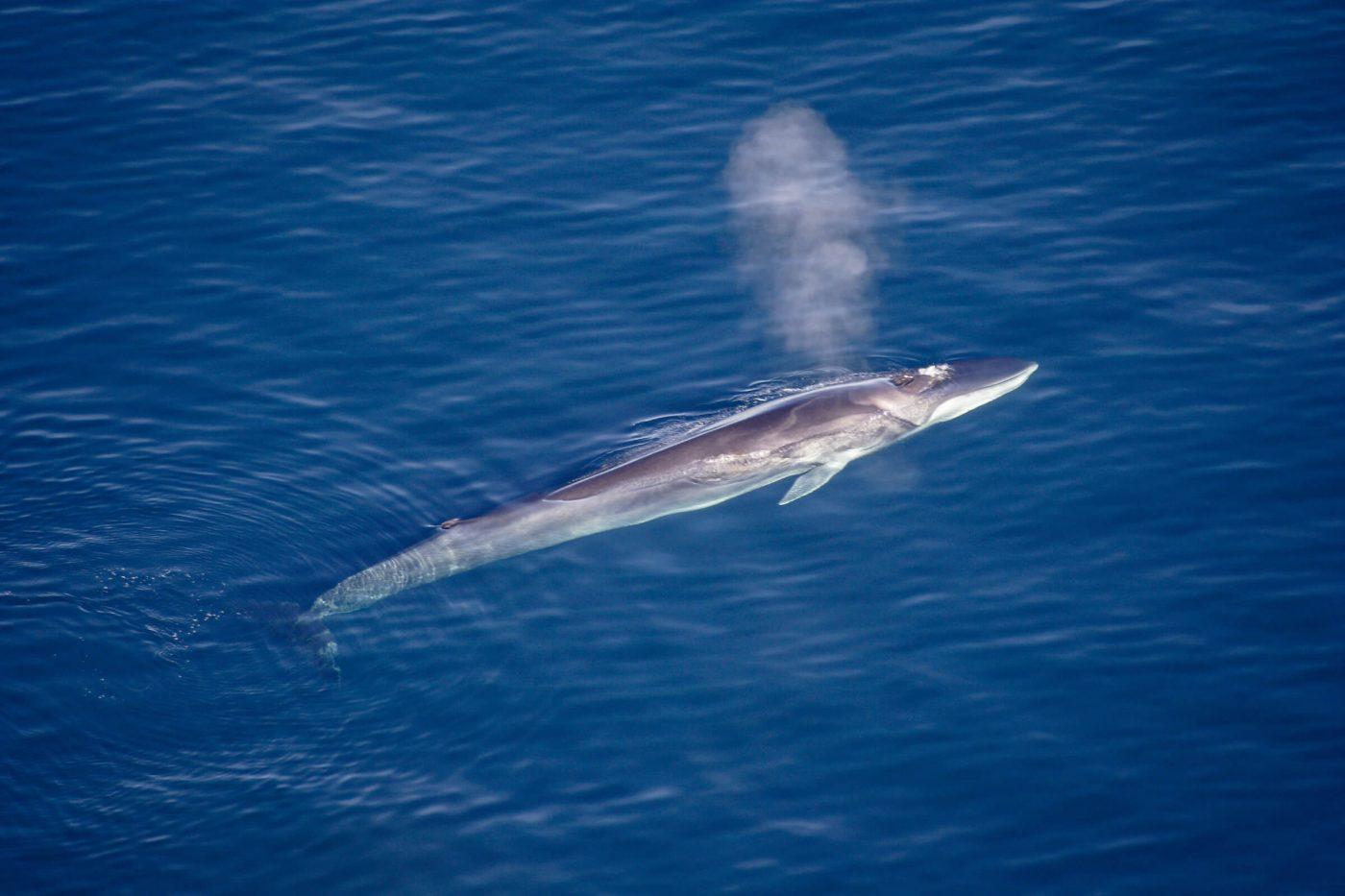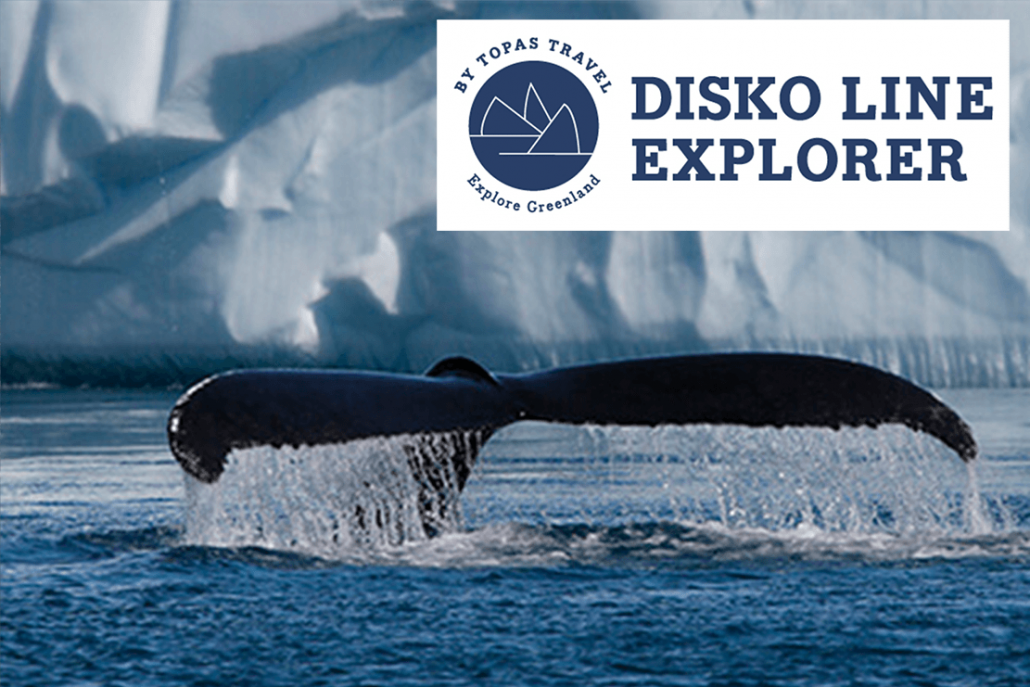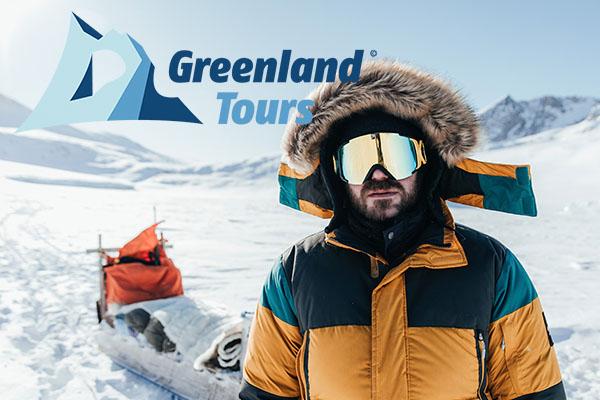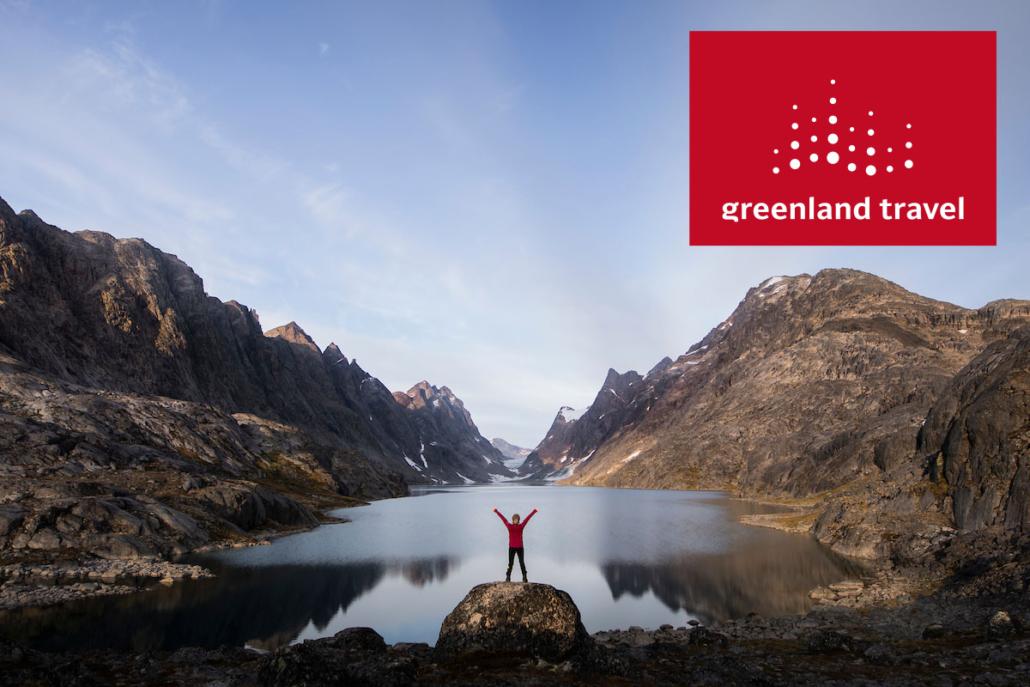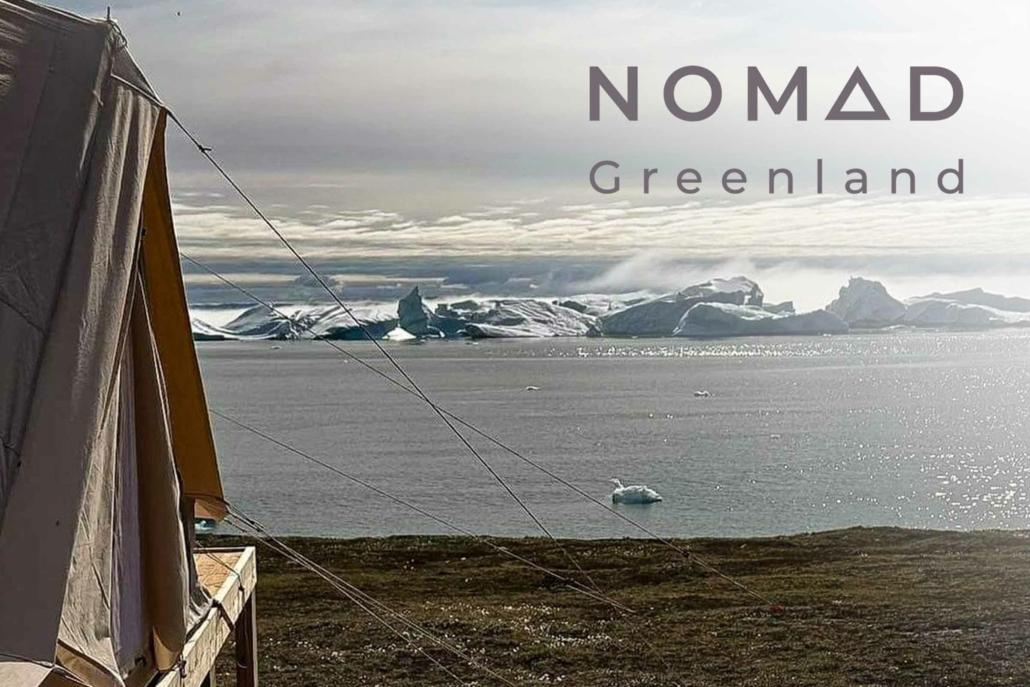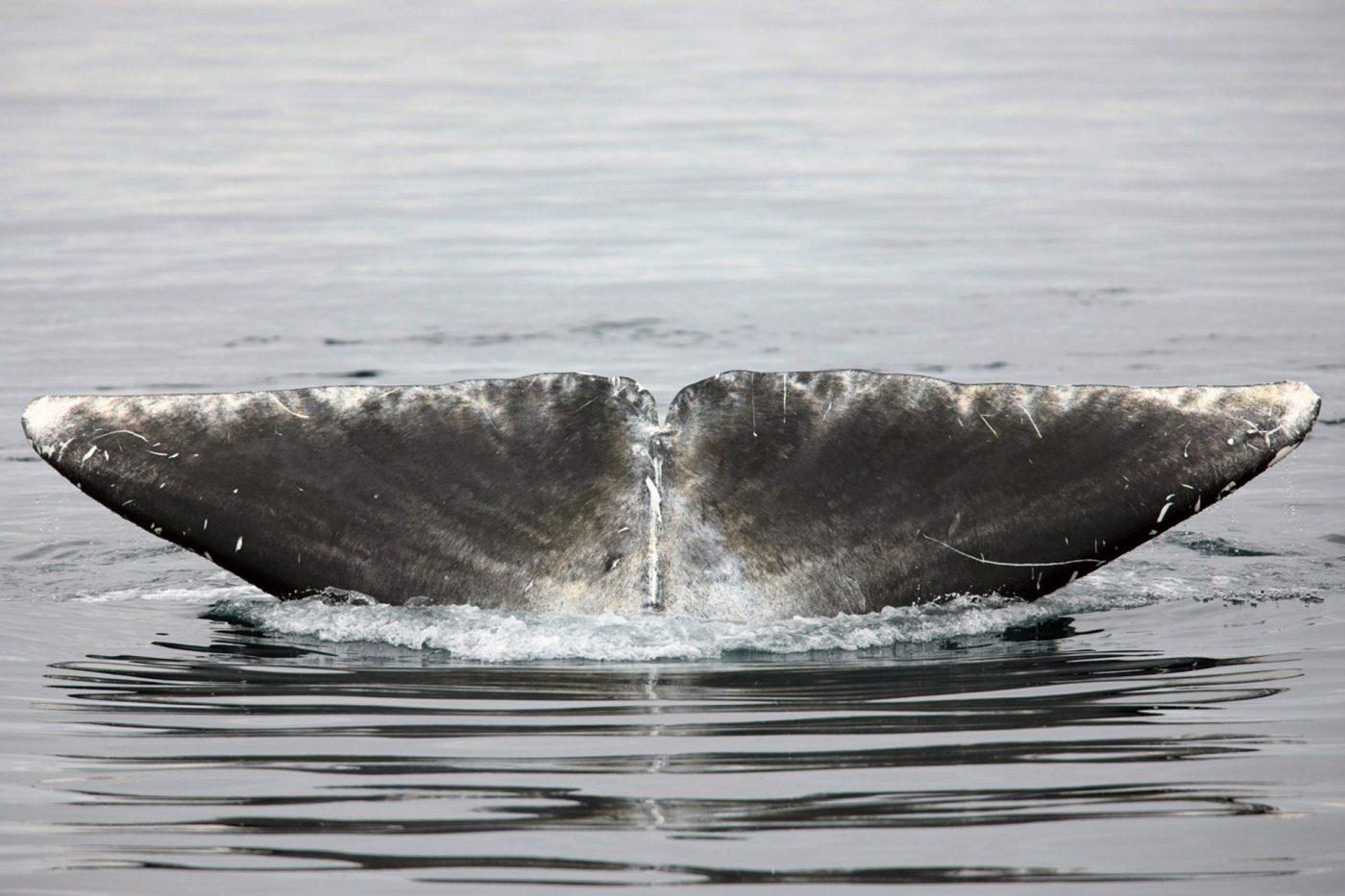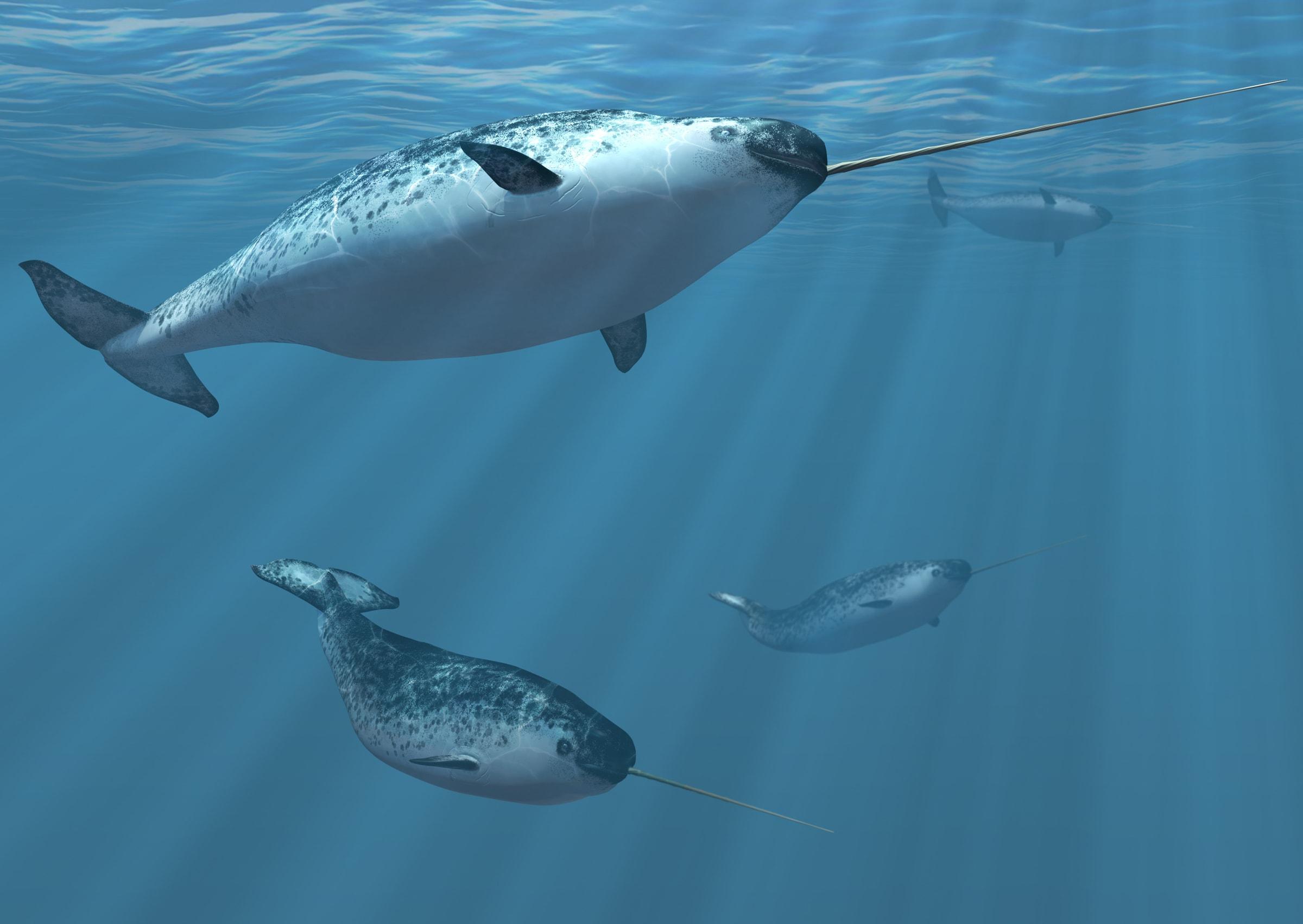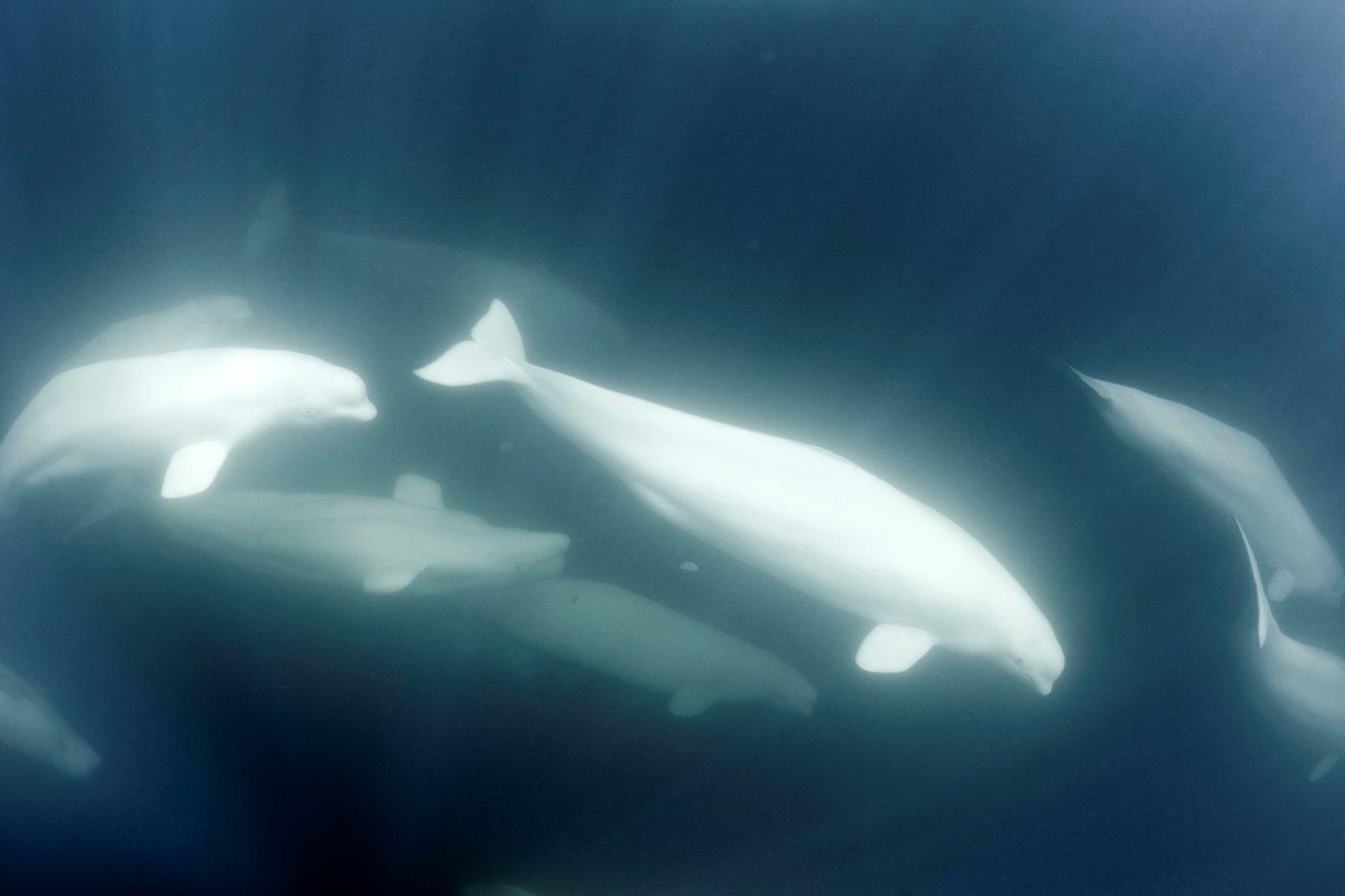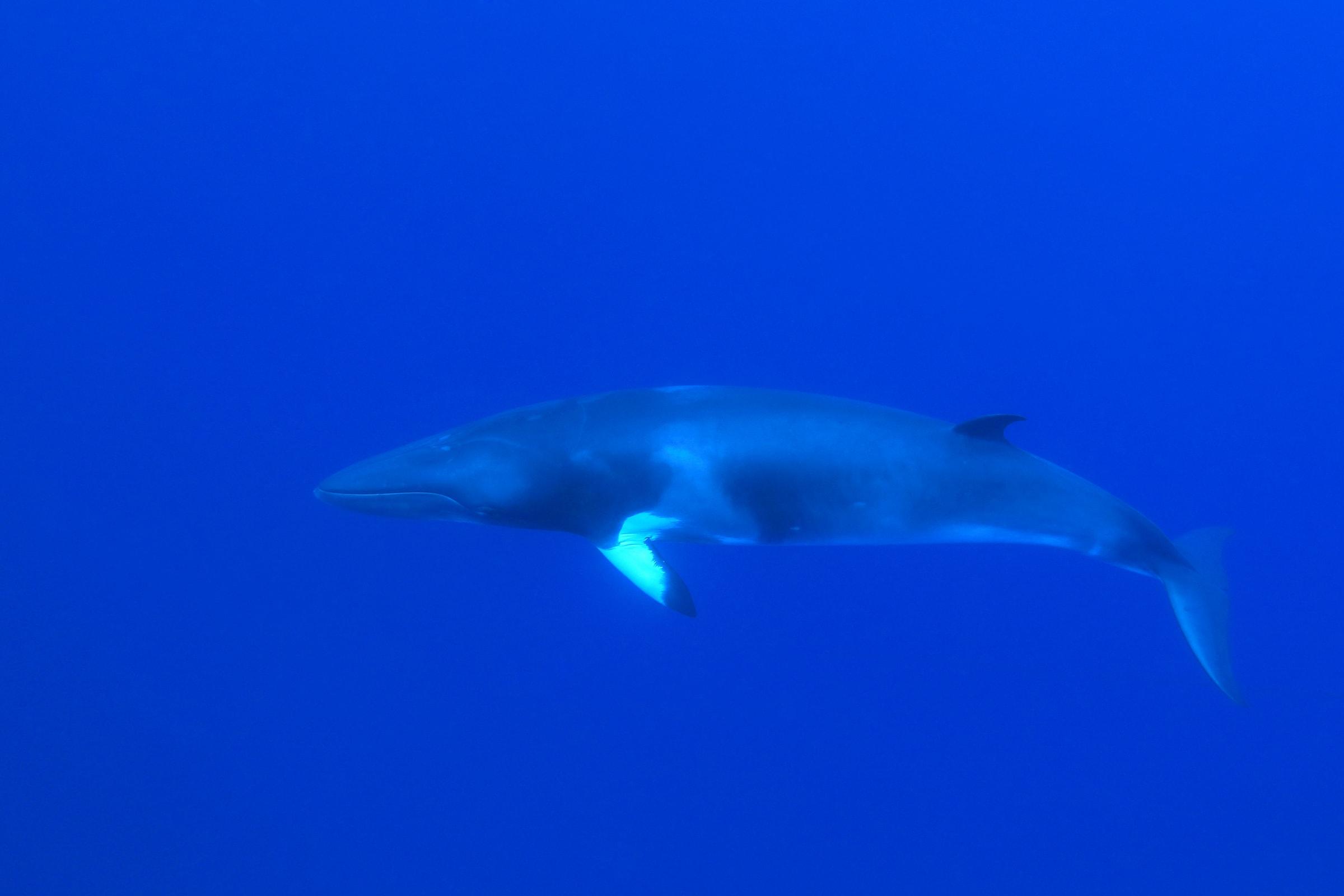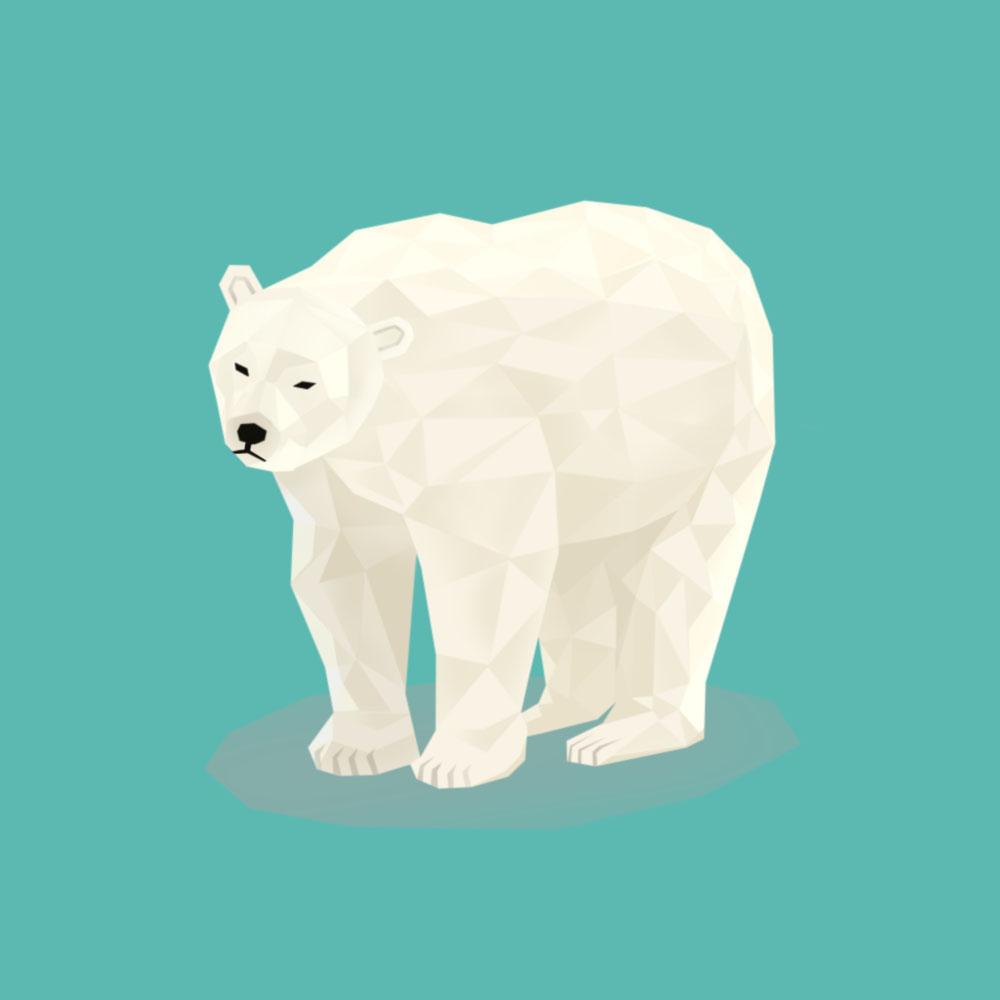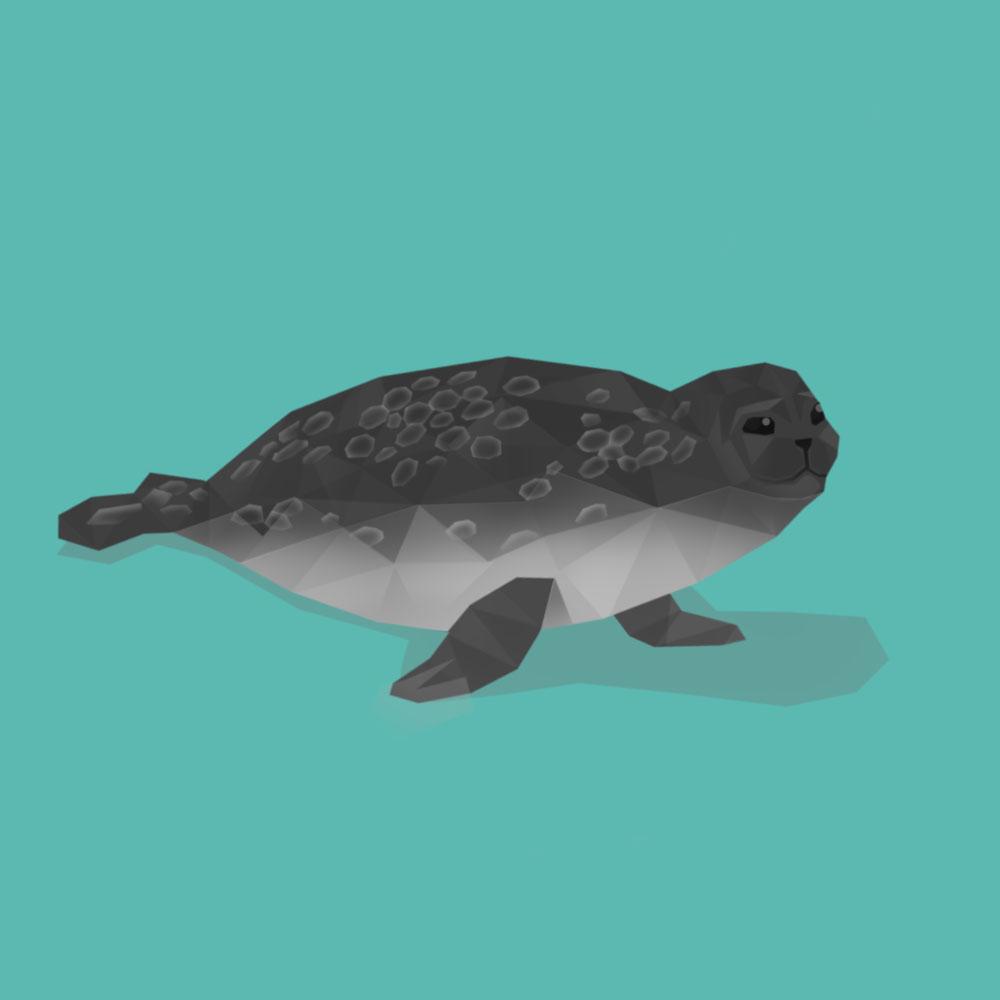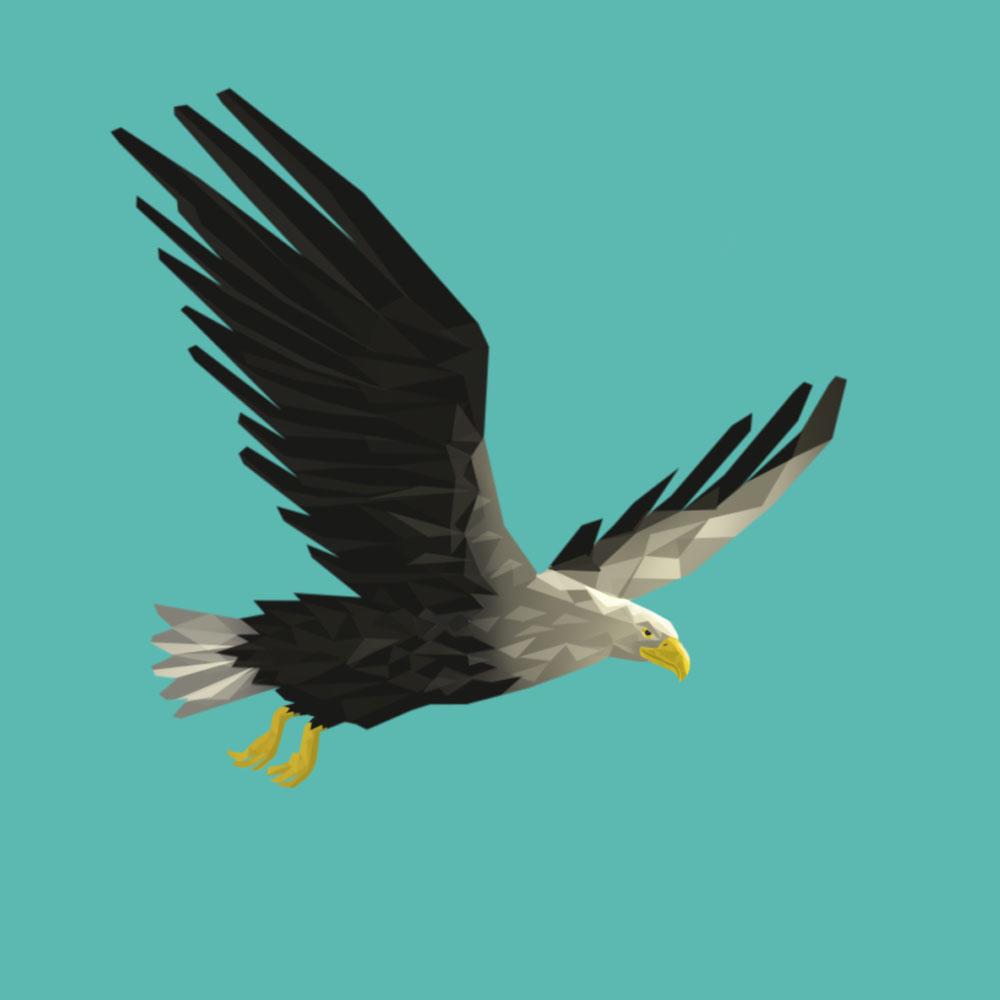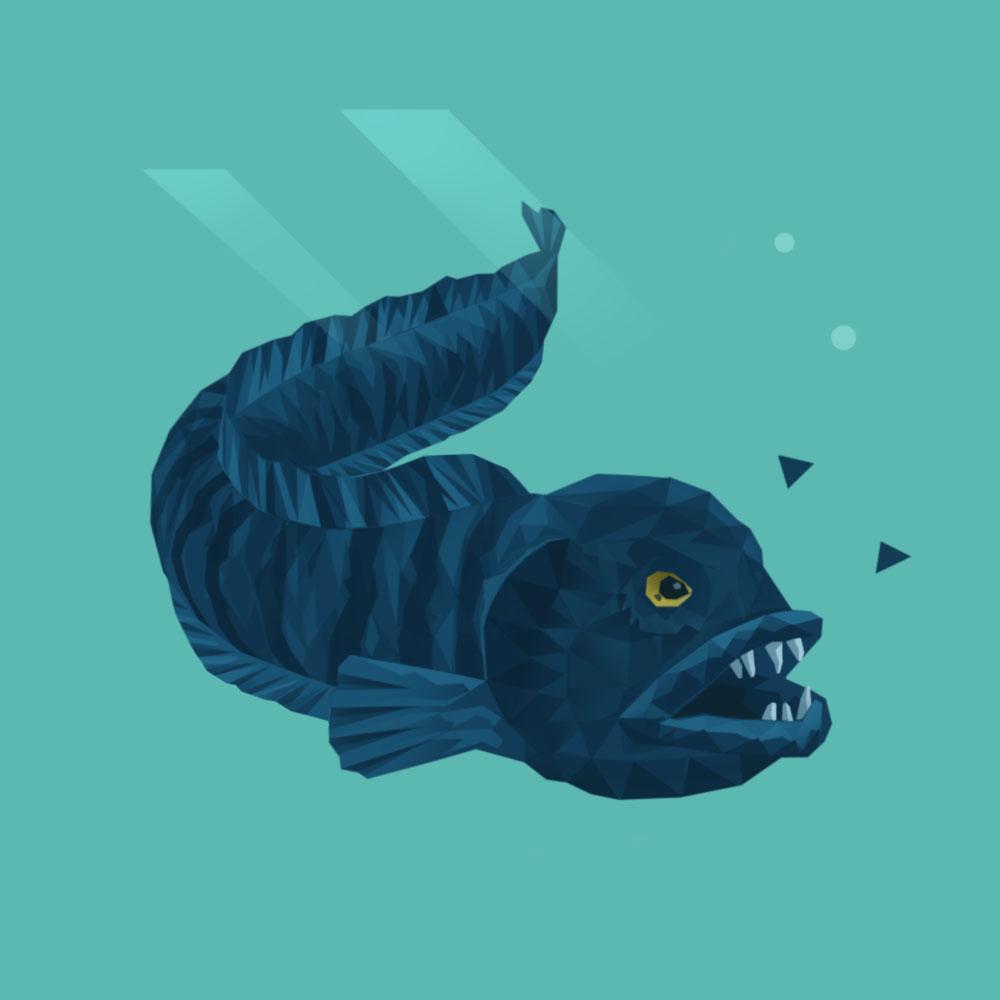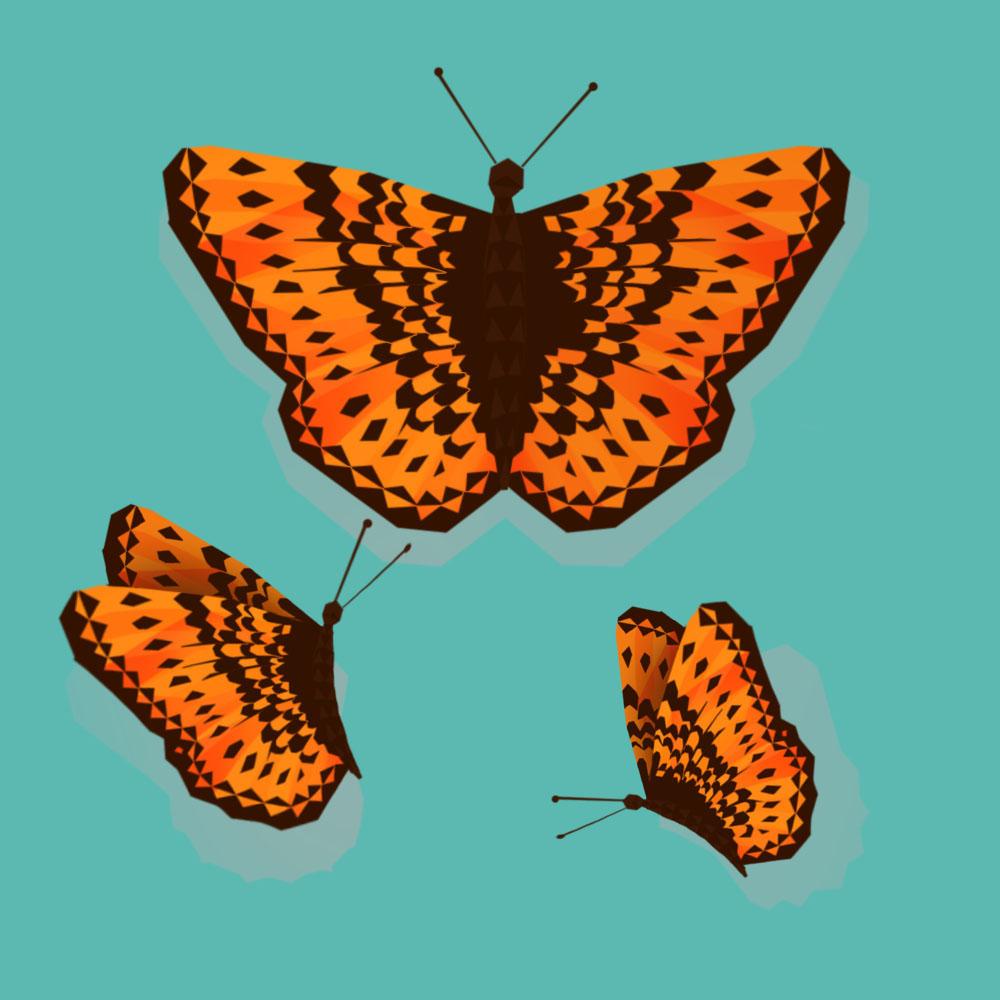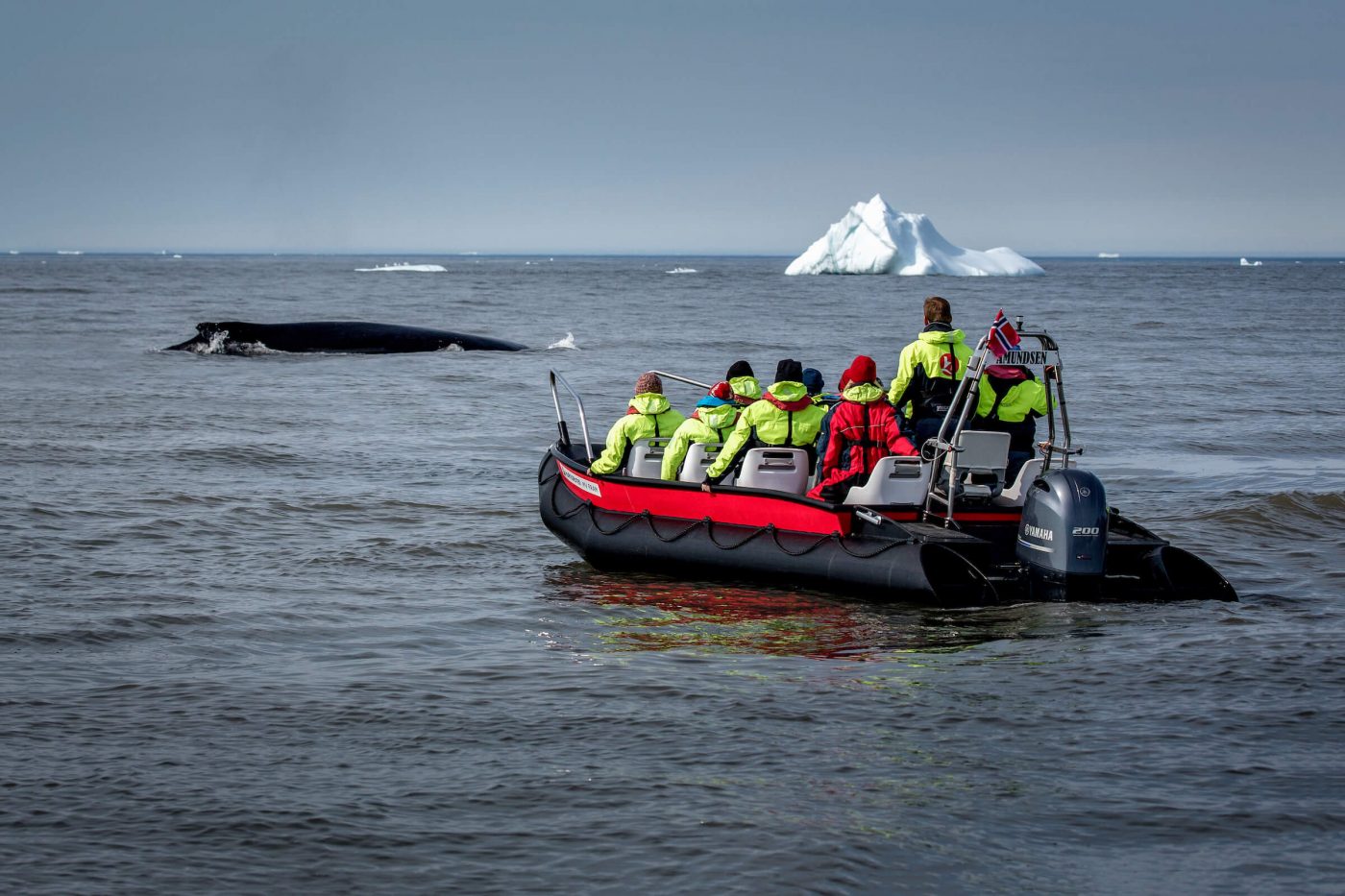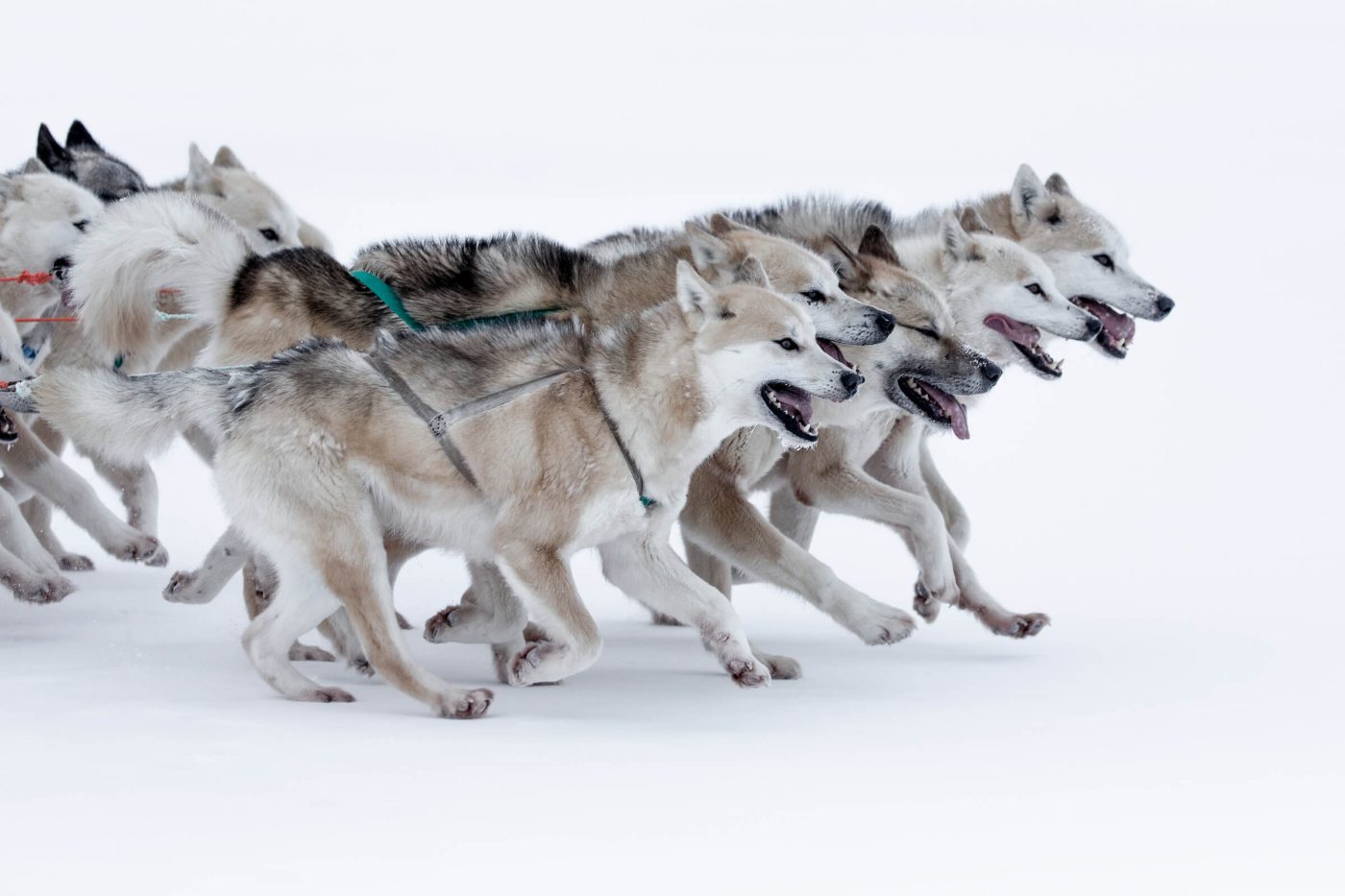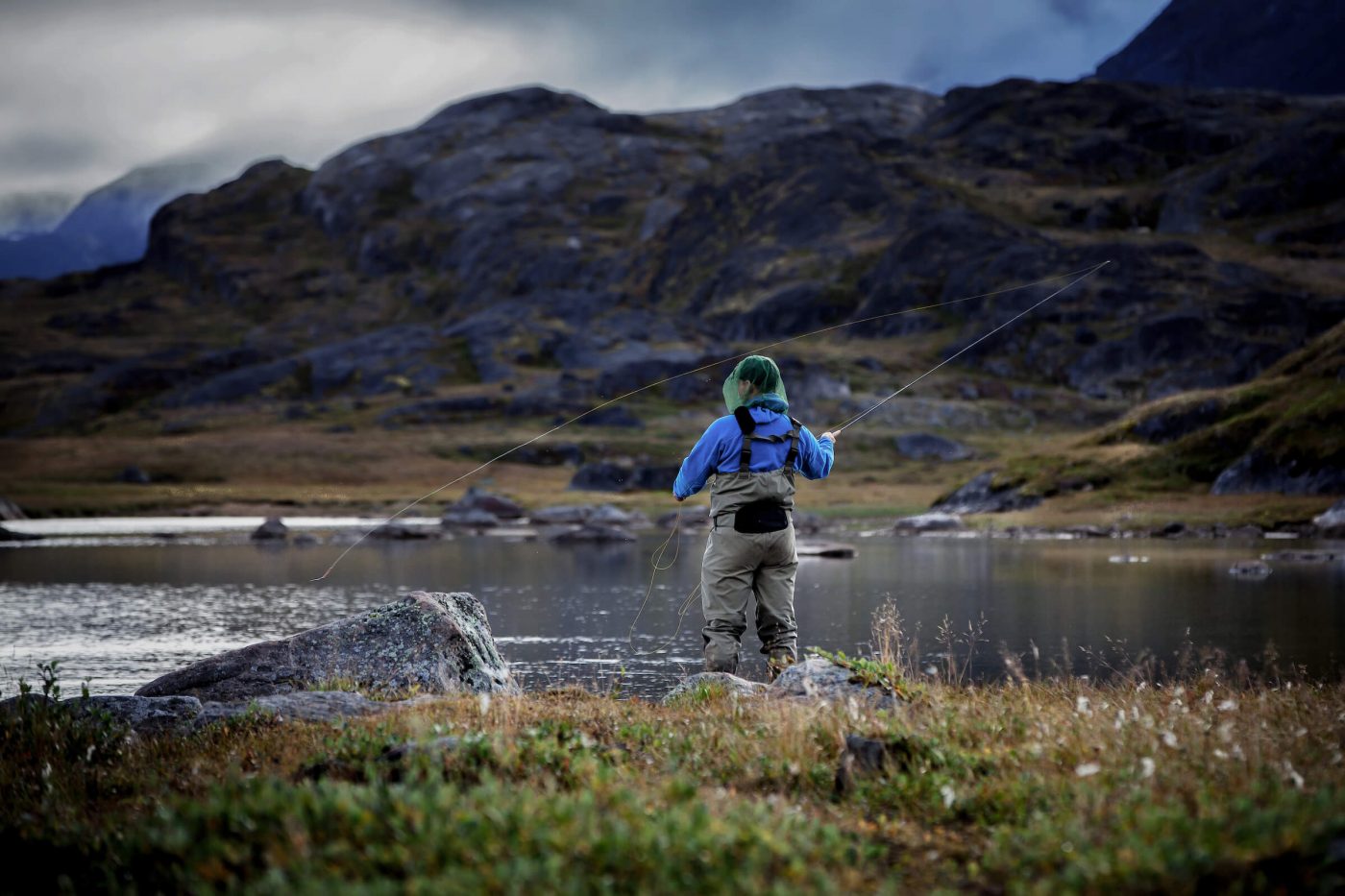In the sea around Greenland, there are as many as 16 species of whales – from the smaller narwhal, beluga and porpoise to the gigantic baleen whales, blue whales, fin whales and humpback whales. Most whales come to the Greenland waters in the summer when it is ice-free, and there is abundant food. Only the bowhead whale, narwhal and beluga overwinter.
In summer, whale watching trips are organised from most Greenlandic towns. There is a high chance of seeing humpback whales, fin whales and minke whales, as well as porpoise and white-beaked dolphin.
The whales are divided into two groups: baleen and toothed whales. The first group has baleen plates instead of teeth. The plates are made of keratin and hang down like hundreds of vertical strings from the whale’s upper jaw.
The plates are used to filter small prey such as crustaceans, copepods and small fish, which are then swallowed.
To make room for the plates, the head and mouth are generally much larger in baleen whales than toothed whales. There are also long grooves on the pharynx and chest that allow the mouth to be extended as the whale ploughs through the water with an open mouth.
Toothed whales are capable of catching much larger prey than baleen whales. Most toothed whales feed on fish. However, killer whales can also catch seals and small whales, and sperm whales and northern bottlenose whales specialise in squid and bottom-living animals.
In addition to the mentioned whales, there are also blue whales, sei whales, North Atlantic right whales, sperm whales, northern bottlenose whales, pilot whales, killer whales, white-tailed dolphins, Atlantic white-sided dolphin and porpoise in Greenland.
Humpback Whale
Fin Whale
Bowhead Whale
Listen Live to Underwater Sounds of Disko Bay!
A new hydrophone station in Disko Bay, Greenland, allows listeners to experience the rich underwater soundscape live through https://diskolive.com/sounds-underwater. This initiative is part of the Disko Live! research project, aimed at connecting science with society by studying the sounds of Arctic marine life, icebergs cracking, and ‘modern’ sounds like ships sailing by. Data gathered will be used to communicate findings on climate change and modernisation impacts.
Disko Bay hosts a diverse range of marine species, including iconic bowhead whales, whose songs can currently be heard before they grow more and more silent in May - only to begin singing again in January when they arrive in Disko Bay again.
The project, supported by various organizations, is a collaborative effort involving Qeqertarsuaq town, the Arctic Station, the Natural History Museum of Denmark, Visit Greenland, and Greenland Institute of Natural Resources. For more information, contact Outi Tervo, Senior Researcher, or Visit Greenland's press contact.
Humpback Whale
Qipoqqaq (GL)
Megaptera novaeangliae (LAT)
The humpback whale is one of the largest baleen whales that you are most likely to see in Greenland. It can be 15-17 metres long and weigh up to 35 tonnes. It is easily recognisable from other whales by its up to 5-metre long flippers. Typically, also by its sensory nodes on the head and distinct tail flukes with a white underside, which it often displays before diving.
The humpback whale is very plump, heart-shaped and about 3 metres high. It likes to jump right out of the water and land with a huge splash.
During the summer (April-November), the humpback whale eats enormous amounts of krill and small fish in Greenland waters, often in fjords and close to land. Just like the fin whale, it can fish underwater with an open mouth, and it also has a unique technique where the whales work together to blow air bubbles out under or around shoals of krill and fish, whereby they are trapped inside and more easily caught.
The population of Greenland humpback whales is at least 6,000 animals, and almost all meet in winter in one specific location in the Caribbean, namely the Silver Bank off the Dominican Republic. It is a journey of over 6,000 km each way, every year. They mate under the warmer skies, and the following year, the female gives birth to a calf measuring 4-5 metres and weighing 1.5 tonnes.
The humpback whale has the most complex song of the animal kingdom, which may consist of many melodic verses that are repeated over and over. In this way, the whales communicate with each other over a distance of many kilometres, perhaps up to several hundred kilometres.
Fin Whale
Tikaagulliusaaq (GL)
Balaenoptera physalis (LAT)
The fin whale is the world’s second-largest animal, after the blue whale. It can be 17 to 24 metres long and weigh up to 80-90 tonnes. As for all baleen whales, females are the largest.
Despite its enormous weight, the fin whale is long and slender. It has a dark grey upper side and white belly. Other features include the white underside of the flippers, a small dorsal fin located far back, as well as a 5-8-metre-high powerful spout of water. The fin whale rarely shows its tail when diving.
The fin whale is found in West Greenland waters north of Upernavik and in East Greenland waters north of the ice edge. Most whales migrate south in the winter, but some are also seen in the Davis Strait throughout the year. The Greenland population is growing and estimated to about 9,000 animals.
The fin whale often dives to depths of 100-200 metres, where, with an open mouth, it ploughs its way through a shoal of krill (small crustaceans). The lower jaw dislocates, and the throat expands like a pelican, allowing the mouth to hold more water than the whale itself weighs. The fin whale’s lung capacity is 15,000 litres, and it can dive for up to 20 minutes.
The fin whale’s call is typically a short, loud, low-frequency call that can be heard by other whales up to several hundred kilometres away. The female gives birth to a 6-7-metre-long calf every 2-3 years. Twins are also possible. The adult animals can live for up to 120 years, and so they are the second oldest of all mammals, just behind the bowhead whale.

